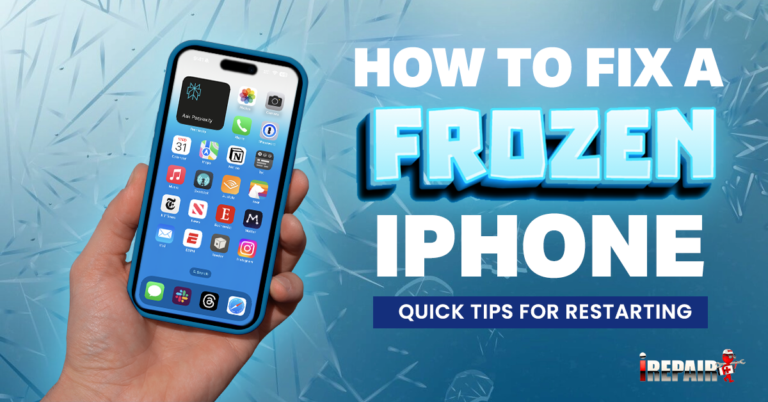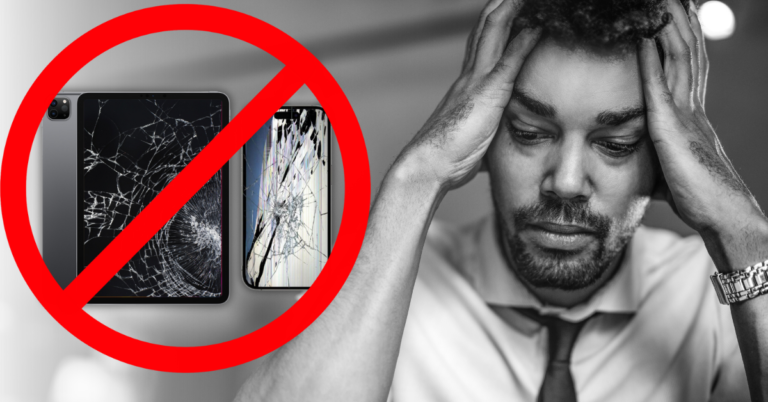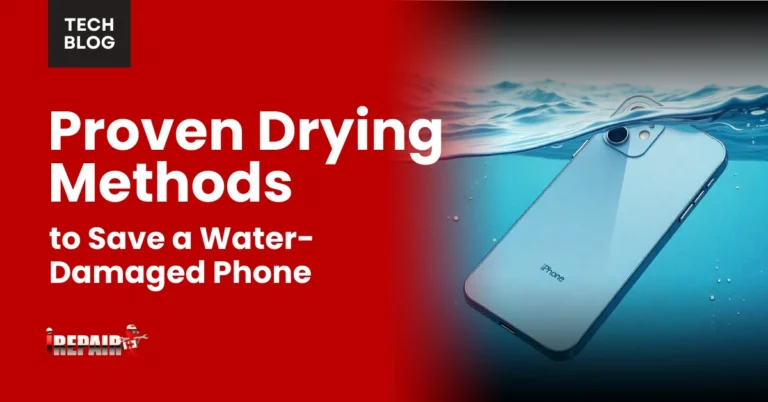Water Damage to Your Cellphone? Here Are the Prevention Tips
To prevent water damage to your cellphone, invest in a proper IP68 waterproof case and keep your phone in designated dry spots away from water sources. Develop habits like checking pockets before laundry and using zippered compartments when outdoors. If your phone gets wet, immediately power it off, remove accessories, and dry with a microfiber cloth—never use rice or hairdryers. Understanding your phone’s actual IP rating and proper emergency response can save you from costly repairs.
Understanding IP Ratings: What Your Phone’s Water Resistance Actually Means
While many smartphones boast water resistance as a key feature, the actual level of protection you’re getting isn’t always clear. IP ratings (Ingress Protection) tell you exactly what your device can handle—the higher the numbers, the better the protection.
Most water-resistant phone guides explain that IP67 means your phone can survive in 1 meter of water for 30 minutes, while IP68 handles 1.5+ meters. But these ratings deteriorate over time due to normal wear and drops.
Don’t mistake water resistance for waterproofing. Even with a good IP rating, waterproof phone accessories like sealed cases provide crucial extra protection. Remember that manufacturer warranties typically don’t cover water damage, regardless of what rating your phone has.
Essential Waterproof Cases and Accessories Worth Investing In
Several waterproof accessories can provide significantly better protection than your phone’s built-in water resistance. When shopping for waterproof cases, look for those with IP68 ratings that can withstand submersion up to 2 meters. Brands like Lifeproof and Otterbox offer slim yet highly protective options.
For occasional water exposure, consider waterproof pouches that seal completely while still allowing touchscreen functionality. These are perfect for beach trips or rainy days.
Don’t forget about supporting accessories: waterproof Bluetooth speakers let you enjoy music poolside without risking your device, while magnetic mounts keep phones safely elevated in splash zones like kitchens. Following these waterproof phone case tips will significantly reduce your risk of costly water damage repairs.
Daily Habits That Prevent Moisture Exposure
Developing consistent daily habits can dramatically reduce your phone’s exposure to moisture. Always check your pockets before doing laundry—a common cause of wet phone disasters. Keep your device in zippered compartments when carrying water bottles in your bag, and establish a designated “phone spot” away from sinks and bathtubs.
For effective cellphone waterproofing tips, remember to clean charging ports regularly, as lint buildup can trap moisture. When cooking, place your phone on a high shelf rather than the counter where spills happen. During workouts, use armbands instead of pockets where sweat accumulates.
Wet phone prevention also means being mindful of the weather, using pockets under raincoats, not exposed ones. Finally, never place your phone in the bathroom during showers when humidity levels peak.
Emergency Response: What To Do When Your Phone Gets Wet
Despite your best prevention efforts, accidents happen. If your phone gets wet, what you do is to act immediately. Power it off completely—don’t check for damage by pressing buttons or attempting to charge it. Remove the SIM card, case, and any accessories.
Gently dry the exterior with a microfiber cloth, being careful not to push water into ports or openings. To prevent phone water damage from spreading internally, place your device in a sealed container with silica gel packets for 24-48 hours. Avoid the common rice myth—it can leave dust particles that damage your phone further.
Avoiding Common Mistakes That Worsen Water Damage
When panic sets in after your phone gets wet, you’re likely to make mistakes that can transform a fixable situation into permanent damage. For effective smartphone water protection, never use a hairdryer or microwave to speed up drying—the heat can fry internal components.
Don’t shake your phone vigorously, as this can push water deeper into crevices. Avoid pressing buttons or plugging in chargers, which can short-circuit the device. Many people rush to turn the phone back on to “check if it works,” but this often causes permanent damage.
For proper moisture-resistant phone care, don’t rely on rice, which can leave dust residues. Instead, use silica gel packets and give your phone at least 48 hours to dry completely before attempting to power it on.
Frequently Asked Questions
Can Water Damage Void My Phone’s Warranty?
Yes, water damage typically voids your phone’s warranty. Most manufacturers explicitly state this in their warranty terms, and they can detect water exposure using internal indicators. Even “water-resistant” phones aren’t covered if they’ve been submerged beyond their rating limits. You’ll find that warranty repairs will be denied if technicians spot these indicators, forcing you to pay for expensive out-of-pocket repairs. That’s why prevention is so important.
How Often Should I Replace My Waterproof Case?
You should replace your waterproof case every 1-2 years, depending on usage. If you’re using it daily or in harsh conditions, consider replacing it annually. Watch for signs of wear like cracks, loose seals, or cloudy plastic. After any significant drops or impacts, inspect your case carefully – damaged cases lose their waterproof qualities. Don’t wait for failure; preventative replacement is cheaper than replacing your water-damaged phone.
Will Putting My Wet Phone in Rice Actually Work?
Putting your wet phone in rice isn’t actually recommended. While popular, rice can leave dust and starch residue in ports and doesn’t absorb moisture effectively. You’re better off using silica gel packets, which are specifically designed to absorb moisture without damaging electronics. If your phone gets wet, power it off immediately, dry it with a soft cloth, and place it in a sealed container with silica gel packets for 24-48 hours.
Can Professionals repair Water-Damaged Phones?
Yes, professionals can often repair water-damaged phones. They’ll open your device, clean corrosion with ultrasonic cleaning or alcohol solutions, replace damaged components, and test functionality. Success depends on how quickly you brought it in, the severity of damage, and your specific model. While repair is possible, it’s typically expensive (often $50-300) and doesn’t guarantee full restoration. Some data may still be lost, so regular backups are essential regardless.
Does Phone Insurance Typically Cover Water Damage?
Most standard phone insurance plans do cover water damage, but there’s always fine print to check. You’ll typically pay a deductible that might range from $50 to $200, depending on your provider and phone model. Some carriers offer specific water protection plans. Remember that insurance companies may deny claims if they detect tampering or if the water damage indicators show previous exposure. Always read your policy details carefully before filing a claim.







